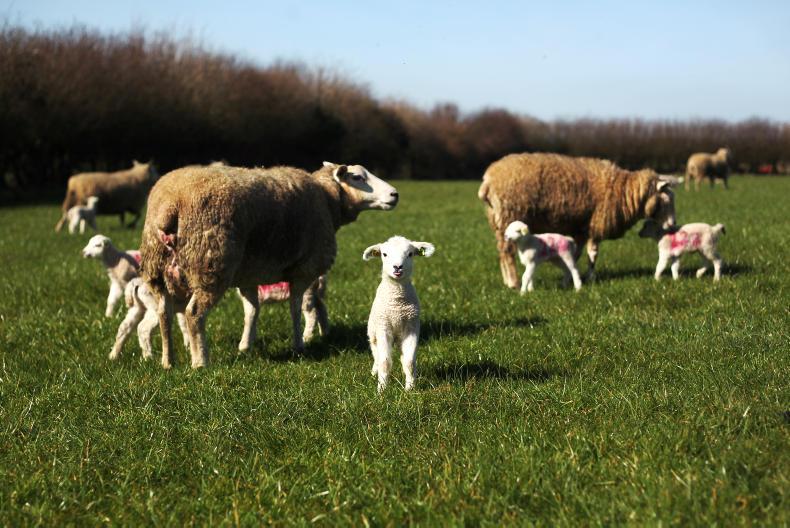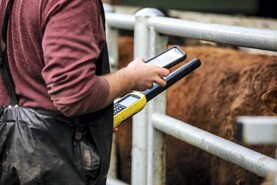The ideal feeding programme for ewes post-lambing is getting ewes in good body condition and healthy lambs turned out to a plentiful supply of grass 24 to 48 hours post-lambing.
The energy content of leafy spring grass is over 1 UFL/kg DM or on a metaboliseable energy basis, good-quality spring grass contains in the region of 12.2MJ ME and 12.4 MJ ME/kg DM, slightly lower than a kilo of dry matter of good-quality barley (13.2MJ ME /kg DM).
Supplementation rates for different feeding situations and varying ewe condition
Therefore, with good grass utilisation, dry matter content and a plentiful supply (4cm to 5cm plus), spring grass is capable of meeting the nutritional requirements (energy and protein) and ensuring ewes achieve peak milk yield (three weeks for twin-suckling ewes and five weeks for singles). The only exception to this are triplet-bearing ewes and yearling hoggets rearing multiple lambs where there is a benefit from feeding in early lactation.
As reported last week, ewes can compensate for a deficit in energy intake for a period in early lactation, provided the ewes are in good body condition and can afford to do so.
But, where the nutritional intake is compromised through inadequate grass supplies, difficult weather delaying turnout or poor-quality forage, a feeding programme will need to be put in place with concentrates used to bridge the nutritional gap.
Table 1 details a number of different scenarios and the feeding programmes recommended to overcome these challenges. The level of supplementation required will differ depending on the quality of forage for ewes remaining indoors post-lambing or the volume of grass available.






 This is a subscriber-only article
This is a subscriber-only article











SHARING OPTIONS: